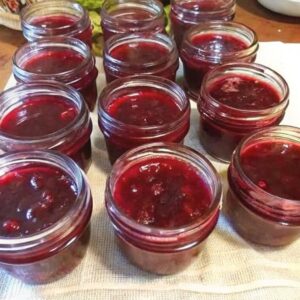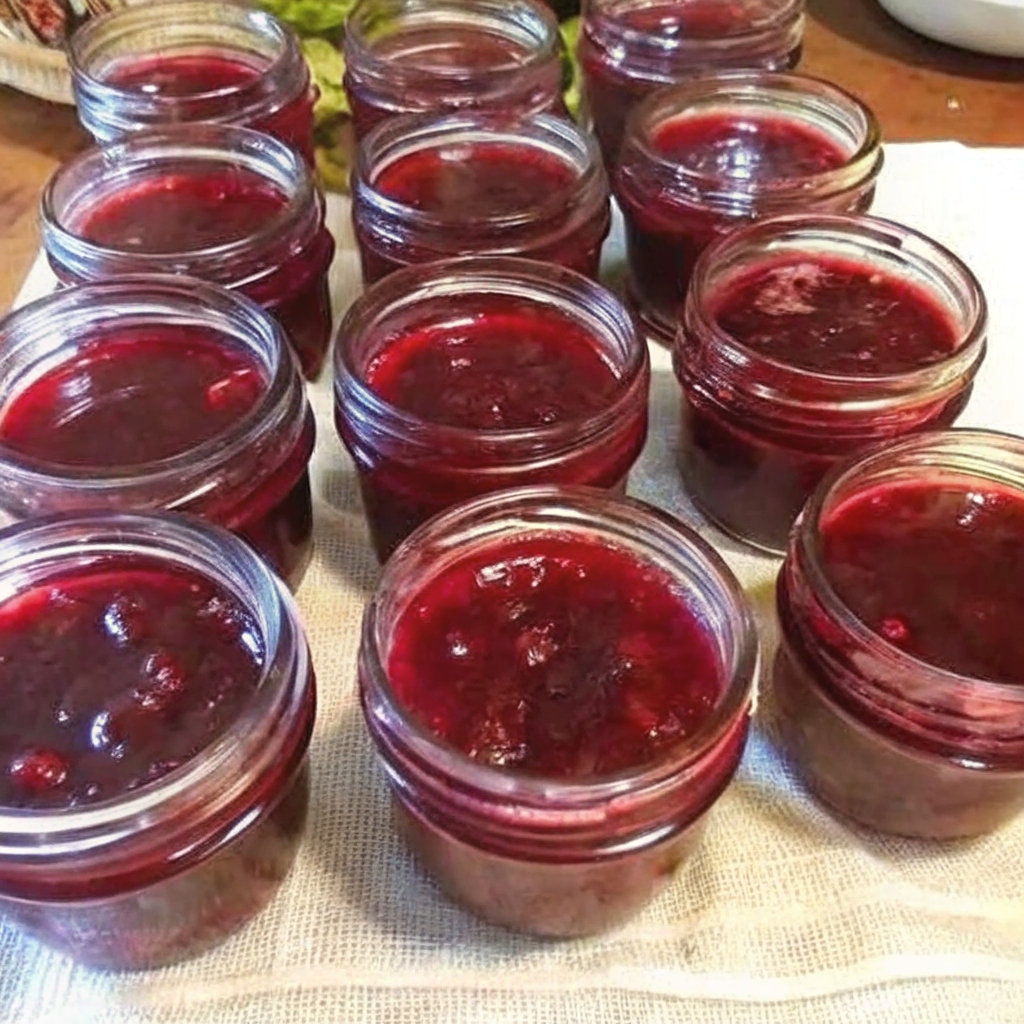ADVERTISEMENT
ADVERTISEMENT
ADVERTISEMENT
How to Make Homemade Strawberry Jam: A Step-by-Step Guide
Few kitchen pleasures compare to opening a jar of homemade strawberry jam and tasting the peak of summer’s sweetness. With only a handful of simple ingredients—including strawberries, sugar, lemon juice, and optional pectin—creating your own jam is both rewarding and straightforward. Take control of your breakfast spreads by following this detailed, SEO-tuned guide to making strawberry jam at home.
Why Make Strawberry Jam from Scratch?
Crafting your own strawberry jam has distinct advantages over buying commercially produced jars. Homemade jam allows tailoring the sweetness, texture, and flavor intensity to individual preferences, and lets the natural essence of fresh strawberries truly shine. In addition, you can skip unnecessary additives or preservatives often found in store-bought versions, ensuring a purer, fresher result that best preserves the fruit’s vibrant flavor.
Core Ingredients for Classic Strawberry Jam
-
4 cups of fresh strawberries, hulled and mashed (about 2 lbs)
-
4 cups of granulated sugar
-
¼ cup of freshly squeezed lemon juice
-
1 packet fruit pectin (optional—use for thicker, jelly-like jam)
Strawberries bring sweetness and bright color, while sugar acts as both a sweetener and a preservative. Lemon juice not only balances the sweetness with acidity, but also helps with thickening. For those who prefer a jam with a firmer texture, pectin may be added during the cooking process.
The Strawberry Jam Method: Step by Step
1. Prepare Strawberries
First, wash the berries thoroughly under cold water. Remove the leafy hulls and discard any squishy or bruised sections. For a rustic, chunky jam, crush the berries using a potato masher; for smoother results, briefly pulse the fruit in a blender. Adjust the texture to fit your preferred jam consistency.
2. Combine and Mix
In a large, heavy saucepan, place the prepared strawberries and pour in the lemon juice. Gradually stir in the granulated sugar until fully dissolved. Stirring as you pour ensures the sugar doesn’t settle and burn while cooking.
3. Heat and Boil
Set the saucepan over medium-high heat. Stir continuously to avoid scorching, as fruit mixtures can burn quickly. If using pectin, now is the time to incorporate it, following the packaging directions. Once the mixture is at a rolling boil—meaning it keeps bubbling even while stirring—continue to cook for 10–15 minutes. This is when flavors develop and the jam begins to thicken.
4. Test Your Jam
Test if your jam has reached the right thickness using the cold plate trick: Drop a spoonful of the mixture onto a plate that’s been chilled in the freezer. Push the edge gently with a fingertip; if the surface wrinkles, the jam is set. If it remains runny, boil for a few minutes longer and test again.
5. Jar and Seal
Once you’re satisfied with the texture, remove the pot from heat and skim foam off the top. Ladle the hot jam into sterilized jars, leaving a bit of headspace (about a quarter inch). Wipe the rim of each jar clean, place lids on, and screw the bands until just snug.
6. Water Bath for Safety
For a secure, shelf-stable seal, process the filled jars in a boiling water bath for 10 minutes. Once removed, allow jars to cool completely. Listen for the ‘pop’ of lids sealing as they cool. Store in a cool, dark place—once opened, refrigerate your jam for freshest quality.
ADVERTISEMENT

ADVERTISEMENT
ADVERTISEMENT
ADVERTISEMENT
Expert Tips for Superior Strawberry Jam
-
Sterilize equipment: Properly clean all jars and utensils to prevent premature spoilage.
-
Tweak sweetness: Taste the strawberries—if they’re already quite sweet, scale back the sugar slightly.
-
Choose the right set: If a softer, more old-fashioned jam is preferred, skip the pectin and simmer until thick. For a firm, jelly-like spread, pectin ensures reliable results.
-
Remove excess foam: Skimming ensures clearer, prettier jam in the jar.
Creative Variations
-
Combo Jams: Blend in raspberries, blueberries, or blackberries for unique flavors.
-
Flavor infusions: Add vanilla bean, orange zest, or a cinnamon stick during simmering for a taste twist.
-
Low-sugar option: Use less sugar and opt for low-sugar pectin if desired.
-
Adult spin: A splash of balsamic or black pepper brings sophisticated depth.
Frequently Asked Questions (PAA)
How long does homemade strawberry jam last?
Unopened jars, when properly sealed and stored, last up to a year in a pantry. Refrigerate after opening and consume within a month for best flavor.
Is pectin necessary for homemade jam?
You can make jam without pectin, relying on natural fruit pectin and lemon juice for thickening. Pectin helps achieve a firmer texture faster, however.
What is the best way to sterilize jars?
Boil jars and lids for 10 minutes or run them through a hot dishwasher cycle immediately before filling.
Can I adjust the sugar in my jam?
Yes, but be aware that less sugar means a softer set and shorter shelf life. Use special low-sugar pectin for best results.
Enjoy and Store Your Homemade Creation
Homemade strawberry jam is delicious on everything from rustic sourdough toast to pancakes, yogurt, or as a sweet glaze for baking. Store unopened jars in a cool, dry place; refrigerate after opening or if any seal fails. Give jars as heartfelt gifts, or save them for personal, year-round enjoyment.
For more recipes follow me in Facebook , Pinterest !
For more recipes click here!
ADVERTISEMENT

